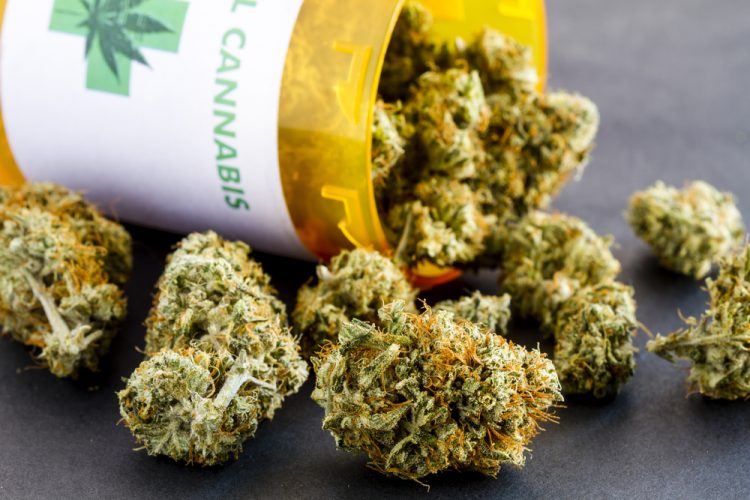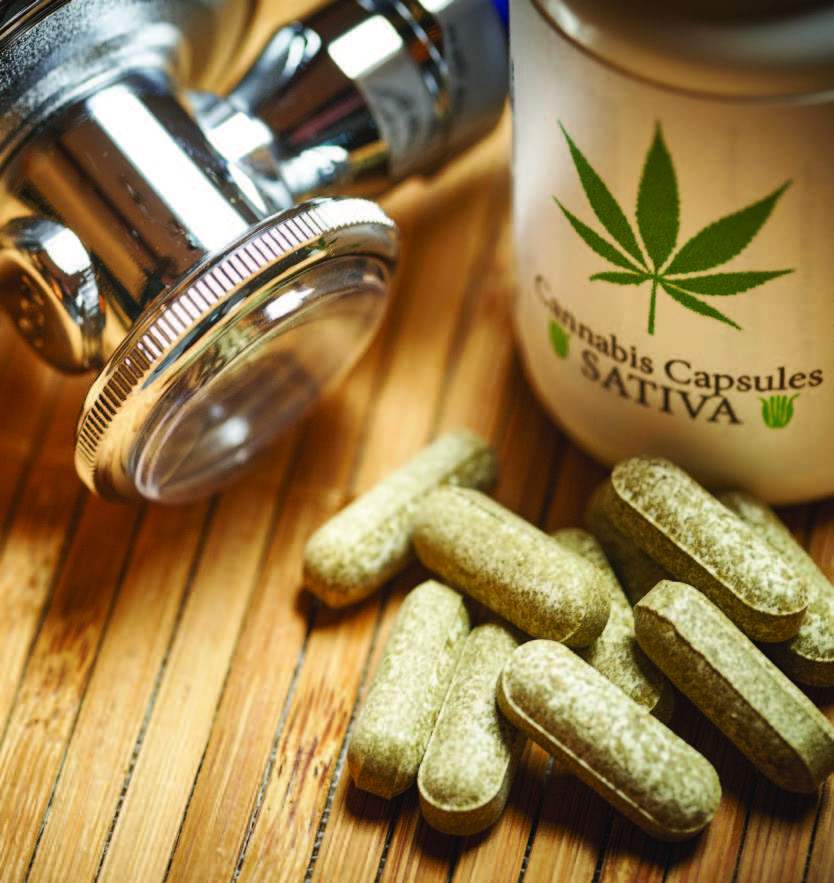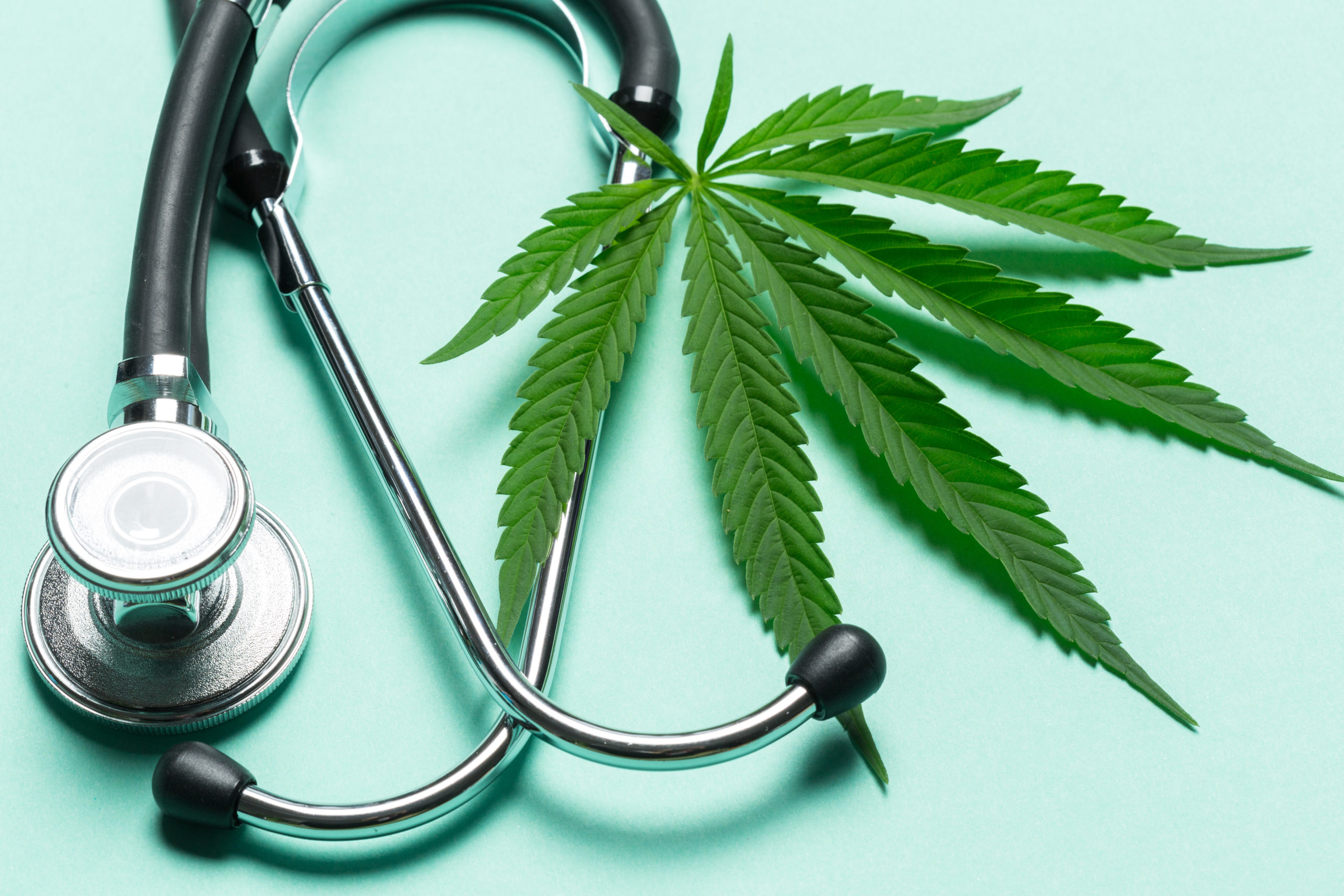Medical Marijuanas Job - Medical marijuana has been a topic of discussion for many years, with some people advocating for its legalization due to its medicinal properties. In the United States, over 90 percent of medical marijuana contains high levels of tetrahydrocannabinol (THC), the psychoactive compound that gives marijuana its mind-altering effects. If you are planning to use medical marijuana, it is important to understand its potential benefits and drawbacks. Here are some things you should know before you start using medical marijuana.
Benefits of Medical Marijuana
One of the main benefits of medical marijuana is its ability to treat chronic pain. Many patients use medical marijuana to manage pain caused by various conditions, including multiple sclerosis, arthritis, and cancer. Medical marijuana can also help relieve nausea and vomiting, particularly in patients undergoing chemotherapy. In addition, medical marijuana has been found to be effective in treating seizures and reducing anxiety and depression.
Choosing the Right Strain
Medical marijuana comes in many different strains, each with its own unique combination of THC and cannabidiol (CBD), another active compound in marijuana. When choosing a strain, it is important to consider the THC-to-CBD ratio, as well as the other compounds present in the strain. Some strains are better for pain relief, while others are more effective in treating anxiety or depression. Your doctor can help you choose the right strain for your specific needs.

Drawbacks of Medical Marijuana
While medical marijuana can be an effective treatment for many conditions, it is important to consider its potential drawbacks. One of the main concerns with medical marijuana is its potential to cause addiction. THC can be addictive, and some patients may develop a dependence on medical marijuana over time. In addition, medical marijuana can have negative side effects, including dizziness, dry mouth, and impaired memory and concentration.
Using Medical Marijuana Responsibly
If you are planning to use medical marijuana, it is important to use it responsibly. Follow your doctor's instructions for dosing and frequency of use, and be aware of the potential side effects. Never drive or operate heavy machinery after using medical marijuana, and avoid using it in public or around children. Finally, be aware of the legality of medical marijuana in your state or country, and obtain the necessary documentation to use it legally.
How to Get Medical Marijuana
In order to use medical marijuana, you will need to obtain a medical marijuana card from a licensed physician. Your doctor will evaluate your condition and determine whether medical marijuana is an appropriate treatment option for you. If you qualify, you will receive a medical marijuana card that allows you to purchase medical marijuana from licensed dispensaries. It is important to only purchase medical marijuana from licensed dispensaries, as they are subject to strict quality controls and safety regulations.
A Word of Caution
While medical marijuana can be an effective treatment for many conditions, it is important to approach it with caution. Always consult with your doctor before using medical marijuana, and be aware of the potential risks and side effects. If you experience any negative side effects, stop using medical marijuana immediately and contact your doctor. With the right approach, however, medical marijuana can be a valuable tool in managing chronic pain, nausea, seizures, and other conditions.

Tips for Using Medical Marijuana
If you are planning to use medical marijuana, here are some tips to help you get the most out of your treatment:
- Start with a low dose and gradually increase it as needed.
- Be aware of the THC-to-CBD ratio in your strain and choose a strain that is appropriate for your specific needs.
- Keep a journal to track your symptoms and dosage, and share this information with your doctor.
- Avoid smoking medical marijuana, as it can cause lung irritation and other health issues.
Final Thoughts
Medical marijuana can be a valuable treatment option for many patients, but it is important to use it responsibly and with caution. Consult with your doctor before using medical marijuana, and be aware of its potential benefits and drawbacks. With the right approach, medical marijuana can help relieve chronic pain, nausea, seizures, and other conditions, and improve your quality of life.

How to Use Medical Marijuana Responsibly
If you are planning to use medical marijuana, here are some tips to help you use it responsibly:
- Obtain a medical marijuana card from a licensed physician.
- Only purchase medical marijuana from licensed dispensaries.
- Follow your doctor's instructions for dosing and frequency of use.
- Avoid driving or operating heavy machinery after using medical marijuana.
- Avoid using medical marijuana in public or around children.
Conclusion
Medical marijuana can be an effective treatment for many conditions, but it is important to use it responsibly and with caution. Always consult with your doctor before using medical marijuana, and be aware of its potential benefits and drawbacks. With the right approach, medical marijuana can help relieve chronic pain, nausea, seizures, and other conditions, and improve your quality of life.

Medical marijuana is a complex and controversial topic, but it is important for patients to be informed about its potential benefits and drawbacks. If you are considering using medical marijuana, consult with your doctor and do your research to ensure that you are using it responsibly and safely. With the right approach, medical marijuana can be a valuable tool in managing chronic pain, nausea, seizures, and other conditions.
View more articles about Medical Marijuanas Job